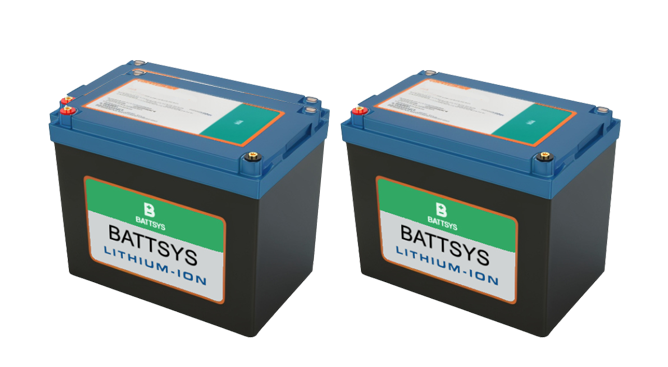The hazards of lead-acid batteries to human health and the environment.
Since its invention, batteries have brought more convenience to human society. Nowadays, many fields cannot do without batteries. However, the extensive use of batteries can also cause great harm to humans and society. Lead acid batteries are a good representative. Today, let's take a look at the harm of lead-acid batteries to the human environment.
The effects of lead on the functions of other organs and systems.
Lead can damage the proximal tubules and glomerular cells of the kidney, causing an increase in glomerular filtration rate, impaired absorption of renal tubules, and in severe cases, lead poisoning nephropathy. For example, in renal hypertension, lead can inhibit the synthesis of mixed function oxidase in the liver, causing damage to liver biotransformation and reducing liver detoxification function. Lead can also affect human reproductive function, causing sperm abnormalities. Maternal lead can affect fetal development through the placenta, leading to fetal malformations and serious harm to human reproductive health.
The role of lead in the hematopoietic system.

Lead has an impact on the metabolism of chlorophyll, which is an intermediate product in the process of hemoglobin synthesis. The body reacts with 6-aminoacetylpropionic acid (6-ALA) to produce bilinogen, reacts with fecal chlorophyll to produce protoporphyrin, and reacts with ferrous to synthesize siderophore, resulting in hemoglobin production disorders. Lead induced anemia often occurs in lead workers and children, especially in children. Lead can also inhibit Na+- K+- ATPase and pentose phosphate bypass on red blood cell membranes, leading to hemolysis.
The impact of lead on the digestive system.
Lead poisoning can cause a series of changes in gastrointestinal function. Lead can inhibit pancreatic function, increase secretion from salivary and gastric glands, and also bind with hydrogen sulfide in the intestine, causing the loss of its promoting effect on intestinal peristalsis and leading to stubborn constipation.
The harm caused to the environment.
Nowadays, many small battery factories purchase accessories from external sources (parts with high environmental pollution are purchased from manufacturers with pollution treatment capabilities) and adopt new fully automatic injection molding machines, greatly reducing environmental pollution. Another type is battery formation in small battery factories, which uses internalization method, that is, no special formation tank is required, but raw electrode plates are assembled into electrode groups, placed in the battery case to form the battery group, injected with electrolyte and then electrified by direct current to form battery formation. This avoids the pollution caused by gas carrying acid mist from the raw electrode plates in the formation tank, and reduces the washing, drying and other processes after formation, which has obvious advantages.
